Munem Wasif’s homecoming at ‘Kromosho’

Around the mid-2000s, a young Munem Wasif, with his rickety Soviet-era Zenit camera, found himself indulging in the allures of the older parts of Dhaka. Infinite lived experiences and thousands of shutter counts later, his first magnum opus, "Belonging", came to life in 2012. This photo book became one of the most revered photographic bodies of work in Bangladesh's visual art history.

Since then, much has flown through Buriganga's black water park, and Wasif's artistic practice evolved to branch out. From "Seeds Shall Set Us Free" to "Collapse", he chiselled himself into one of the finest from this part of the world. More importantly, his love affair with Old Dhaka never ceased after "Belonging".
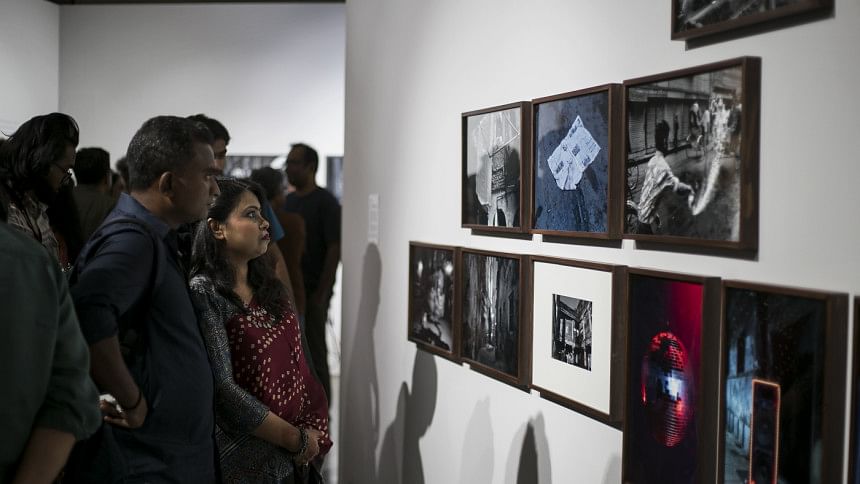
After almost 16 years of his journey with visual arts, Munem Wasif is currently hosting a solo exhibition in Dhaka. Titled "Kromosho", the ongoing exhibition at Bengal Shilpalay witnessed a house-full opening day yesterday. The inauguration ceremony was graced by photographer-activist Shahidul Alam and architectural historian-urbanist Kazi Khaleed Ashraf. Tanzim Wahab is credited as the exhibition's curatorial adviser, with Iftekhar Hassan as project assistant, and Dehsar Works on architectural design. The open-for-all event is scheduled to run until May 31.

When inquired about "Kromosho", Munem Wasif expressed, "I felt something was missing after the publication of 'Belonging'. I figured that perhaps I only captured the outer shell, the people, and their festivities. I failed to touch the soul of their day-to-day life. That is when I first thought of producing my film 'Kheyal'... This exhibition bears witness to my transformation over more than a decade."

"Kromosho" is predominantly arranged in three phases, showcasing a blend of photography, film, and sculpture that revolves around Wasif's exploration of Old Dhaka. From the ethereal black-and-white images of his "Belonging" era, juxtaposed with newly shot colour images in "Stereo", to the screening of "Kheyal", and the installations featured in "Shamanno" and "Paper Negative"—the exhibition offers a vast collection of moments spanning past, present, and future: some recorded, some staged, and others entirely imagined.

From a critical perspective, Old Dhaka is the most unlivable part of the city and a testament to our greed and collective amnesia. Yet, strangely, this part of the city also has a "life," which is inexplicable. If you learn to perceive far beyond the clichés and breathe the true air of its alleys, this part of the city will engulf and take you to an addictive space that cannot be captured through cameras or words.
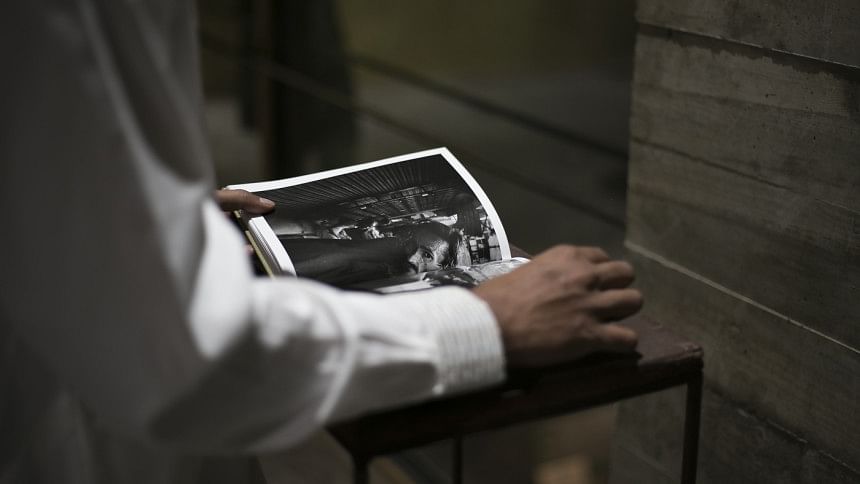
However, Munem Wasif "Kromosho", which translates to "gradually" in Bangla, becomes more than just another psychological journal of an artist. Perhaps it is trying to remind us to introspect?

 For all latest news, follow The Daily Star's Google News channel.
For all latest news, follow The Daily Star's Google News channel. 


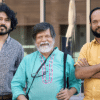
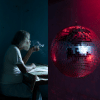

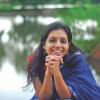


Comments